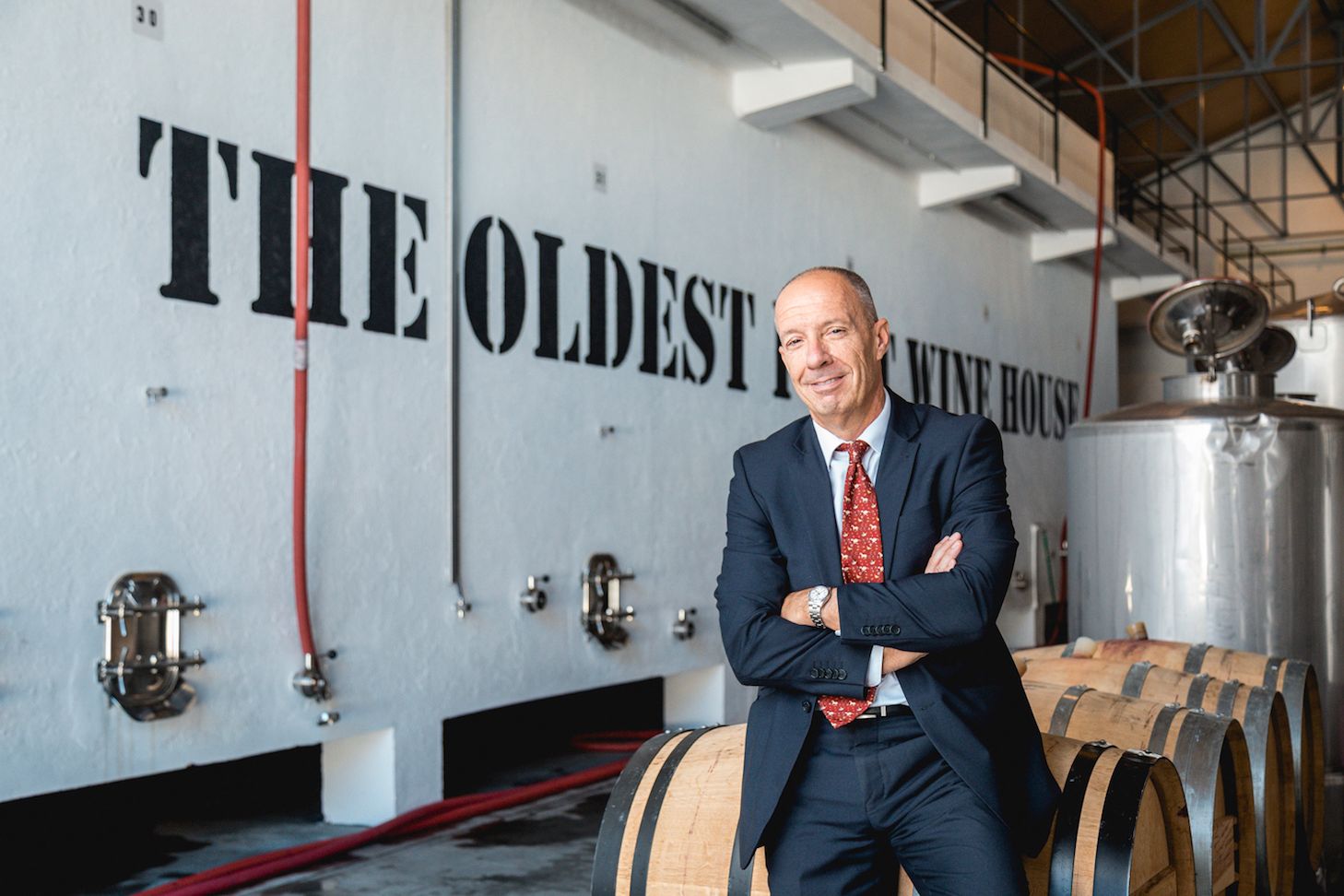“Difficult times also bring opportunities, and this is no exception”, says Sergio Marly Cominal.
One of the most enjoyable events in the Port industry calendar is the Rabelo Boat Regatta, held every June 24 and organised by the Port Wine Brotherhood to coincide with Porto’s Festival of San Joao.
Last year’s event was typically boisterous, as I can attest as an honorary member of the Sogevinus team, though my biggest achievement was probably not falling into the Douro.
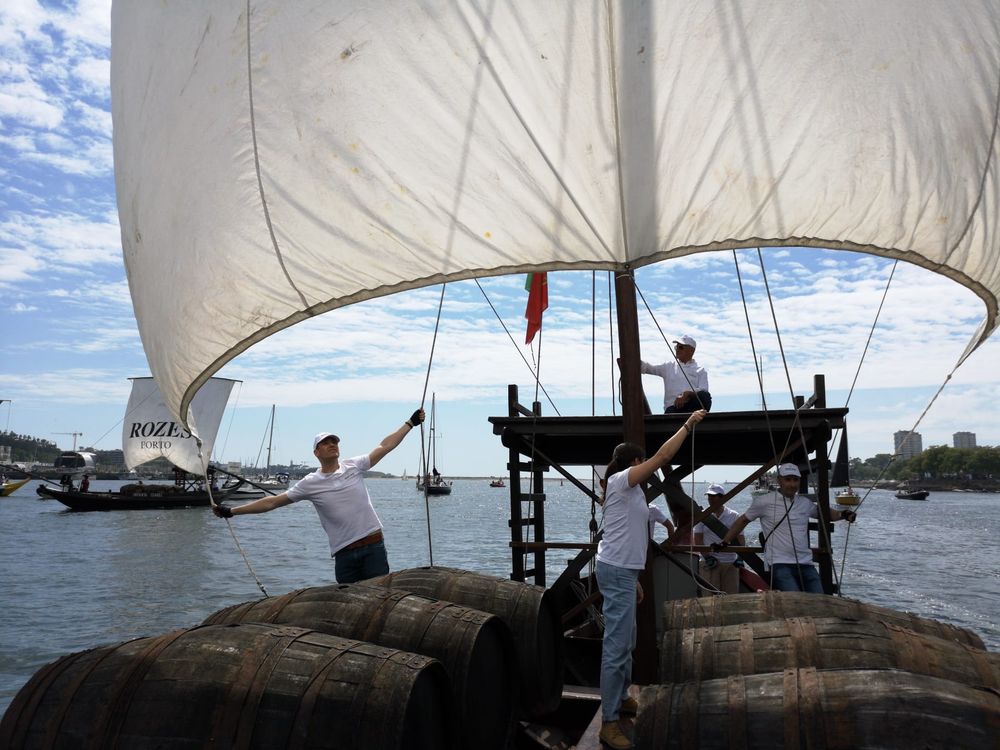
As every year, the distinctive wooden Rabelo boats, which used to transport port from Pinhao to Nova de Gaia, left Ribeira to travel to Foz de Douro and back, each one manned by a leading Port house. We started well, pulling out ahead of Cockburns and Sogrape – but as the race progressed fell back; Andeman, Grahams and Taylors took the first three places, with contestants then departing for an evening of socialising at the Sandeman lodge.
Sogevinus may have lost the Regatta but its approach to international sales is far more serious.
The group differs from many port houses in not being an historic family business, like the Symington Group or Taylors, or having many direct British links – almost the sine qua non of the Port industry (although J.W Burmester, one of its four brands, can trace back to one Henry Burmester, a seventeenth century cereal trader in London).
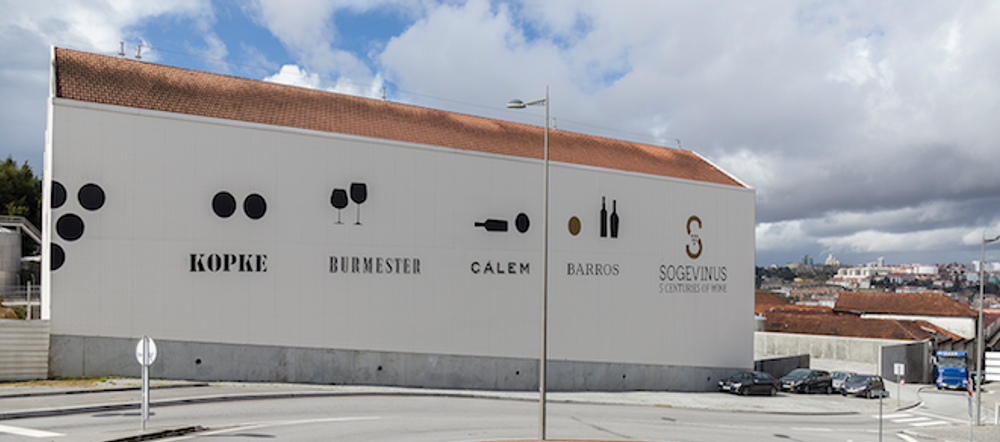
Sogevinus was recently awarded Fortified Port Producer at the Sommelier Wine Awards
Instead Sogevinus came about through a series of investments and takeovers undertaken by group owner Galician-based bank Caixa Nova. These started with the full acquisition of Cálem (established 1859) in 2000. In 2004 the group bought Quinta do Arnozelo, an historic estate in the Upper Douro and the following year acquired J.W Burmester (established 1750). One year later Sogevinus acquired Barros (est 1913) and then Kopke, the oldest of all the port houses (founded in 1638 and including Quinta de Sao Luiz, a renowned historical estate in the Cima-Corgo in Douro).
Throughout this time, the group has consolidated its strong domestic position, with Calem Velhotes the biggest selling Portuguese port brand, accounting for one in four sales, whilst the other three brands also feature regularly in the local off-trade, with tawny and white port leading sales.
Local brand recognition has doubtless been helped by the huge, un-missable Calem lodge in Ribeira, the most visited of all the historic lodges in Vila Nova de Gaia, and also the most prominent, looking across the Douro to Porto on the other side.
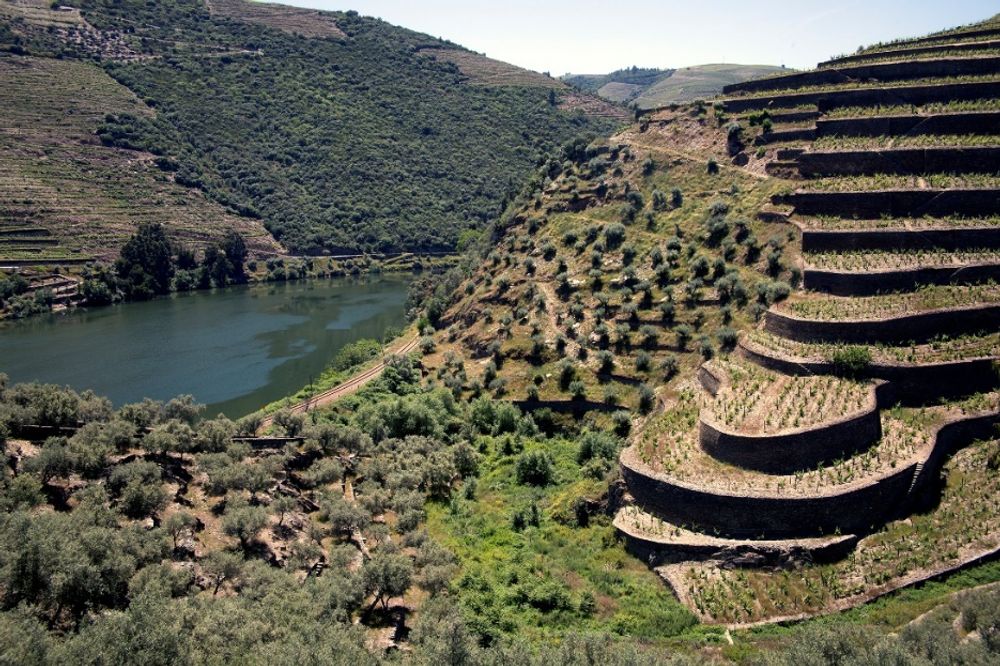
Quinta da Boavista: the acquisition is part of the strategy to strengthen its still wine portfolio and increase sales in North America
By contrast, in terms of international sales Sogevinus has been something of an ‘also ran’ compared to the other big port houses, despite exporting to some 60 countries. Only Kopke and Calem have serious brand recognition, whilst Burmester and Barros in particular are barely known.
A big part of the problem is that whilst other producers have moved away from port (where sales have been falling for years) into table wine, at Sogevinus, port, especially tawny, still dominates output accounting for 7.8 million bottles of the 8.8 million bottles produced each year.
Despite its four wine brands having been around for 16 years, under the Calem, Kopke and Burmester names, and winning trade accolades – Sogevinus was acclaimed Portuguese Producer of the Year by the IWSC in 2016 – there is a sense that the group hasn’t got the recognition it deserves. The fact it has opted for a generally lighter fresher style of wine rather than the heavy reserve style typical of Douro may not have encouraged critical approval.

Sogevinus CEO Sergio Marly Cominal: “Difficult times also bring opportunities, and this is no exception”
CEO Sergio Marly Cominal argues that all the houses have struggled with wine sales, particularly abroad, and says this is a reflection of the wider Portuguese wine industry’s failure to project a common front. This is not for want of trying. The group has pushed ahead with promotion of its more upmarket brand Calem Curva – with labelling symbolising the curve of the Douro – which is intended to be a cut above the other wine brands.
And last October Kopke released a very exclusive collection into the market called the Winemaker’s Collection. This is a selection of red, white and rosé wines with Reserve or Grand Reserve potential, launched in limited numbered editions each signed by winemaker Ricardo Macedo. The most recent release is a beautifully packaged pink 2019 made from 100% Tinta Cao grapes, a late ripening variety. Just 2541 bottles were produced.
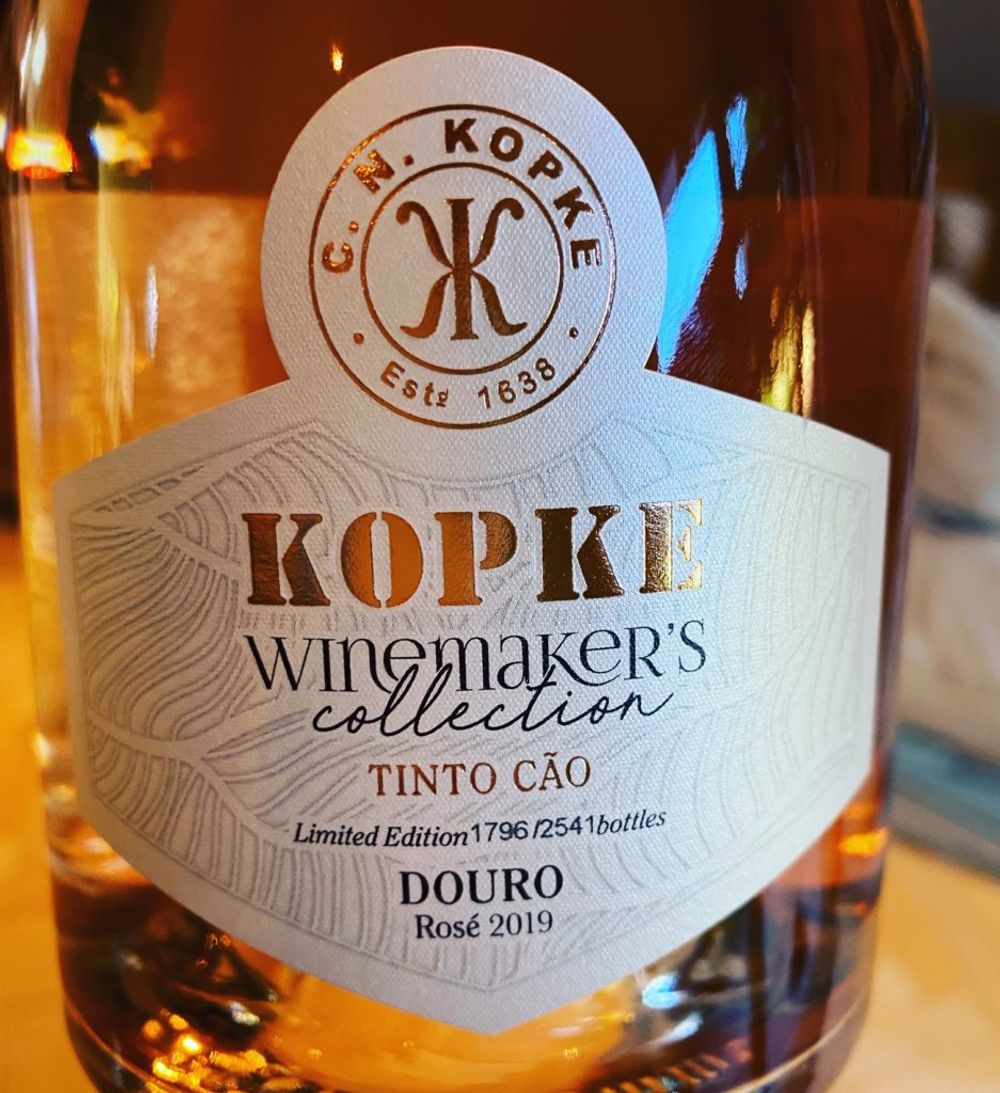
Marly is clearly very proud.
“This is a very exclusive collection born from the restless, experimental spirit of our winemaking team, which has studied the potential of each variety from different micro-terroirs, vinifying and ageing them carefully… resulting in wines that sometimes wait years before being launched.”
So what’s the future strategy?
Like other producers, Sogevinus has been hit for six by Covid-19 despite the fact Portugal managed the outbreak well and had mercifully few fatalities. Some 20% of group income comes from tourism which almost entirely collapsed in the first part of the year whilst sales were also hit: export sales were off just 4% year on year in April 2020 but the more important domestic sales segment saw a 25% fall between January and April compared to the same period in 2019.
“We hope to recover partially throughout this year, as the HORECA channel gets back on track, however only after this crisis will we know the full extent of the damage,” he says.
In May the group unveiled new 2018 ports from all four brands, two single vineyard vintages (from Kopke and Burmester) and two classic vintages (from Calem and Barros), all very small volume (between 3784 and 6405 bottles from each brand) after what Carlos Alves, Sogevinus Fine Wines’ Port winemaker, said was a challenging year.
“In general, the 2018 Vintage ports stand out for their freshness, elegance and excellent balance between sweetness and acidity,” he said.
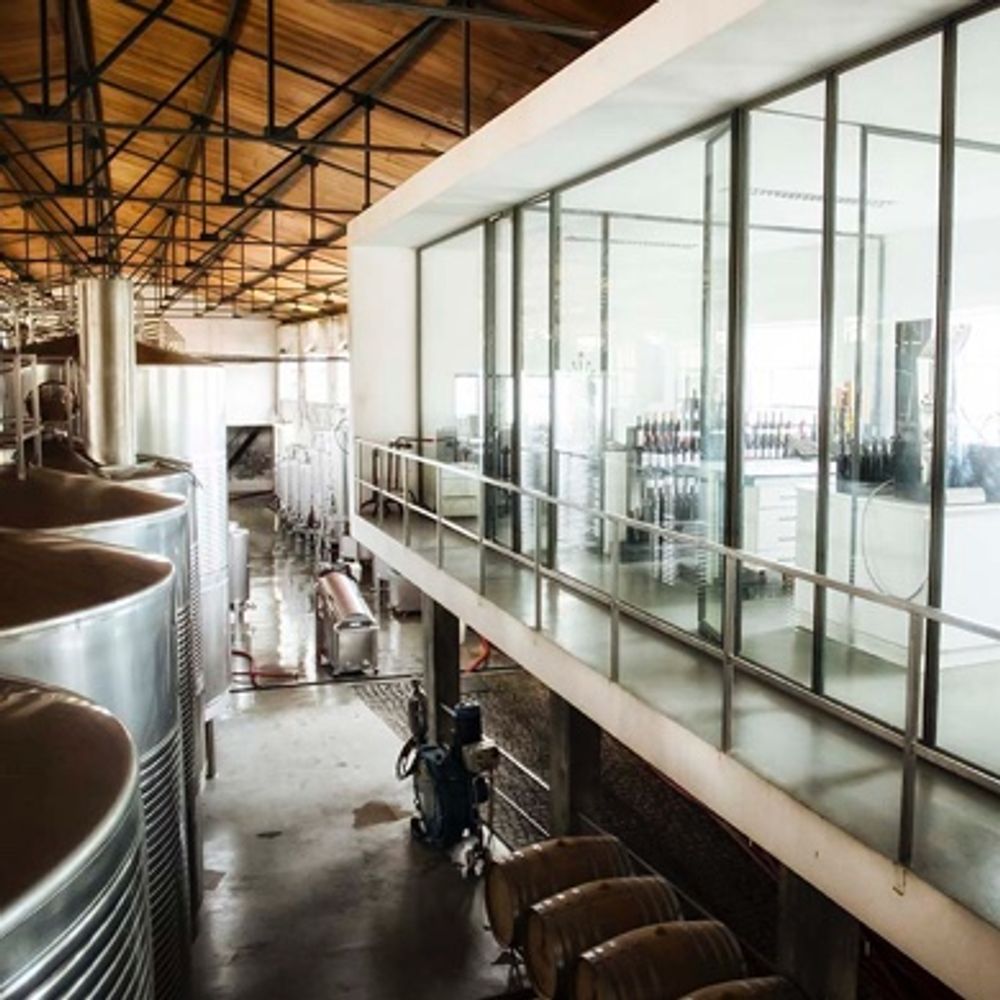
The new state of the art winery at Quinta de S. Luiz
There have been other exciting developments recently including a new brand-promoting al fresco restaurant on the quayside outside Calem with delicious food produced by a leading Portuguese chef. Meanwhile the group opened the 125 hectare Quinta de S. Luiz to the public last year having converted it into a state of the art winery for still DOC Douro wines, which should help the move upmarket.
When the group opens its long-planned 150-room, €30m five star Kopke Hotel within the next two years, this should also boost international recognition of the Kopke brand, and maybe by extension some of the others too. The new hotel is in an enviable position in Vila Nova de Gaia with great views of Porto and the Douro.
In the meantime the focus continues to be on still wines and on wine exports, recognising these are the main future growth areas, as demand for port continues to fall.
This morning’s announcement (June 30) of the further acquisition of Quinta da Boavista from Lima Smith, then, will allow Sogevinus to strengthen its position in the still wine market, as part of the decision to focus on this category, and bring to its portfolio two new highly-respected wines Boa-Vista and Quinta da Boavista. It is a high profile acquisition. Quinta da Boavista is an 80-hectare property located on the right bank of the Douro River, in the heart of the Cima-Corgo that was part of the first delimitation of the Douro region carried out by the Marquis of Pombal in 1756.
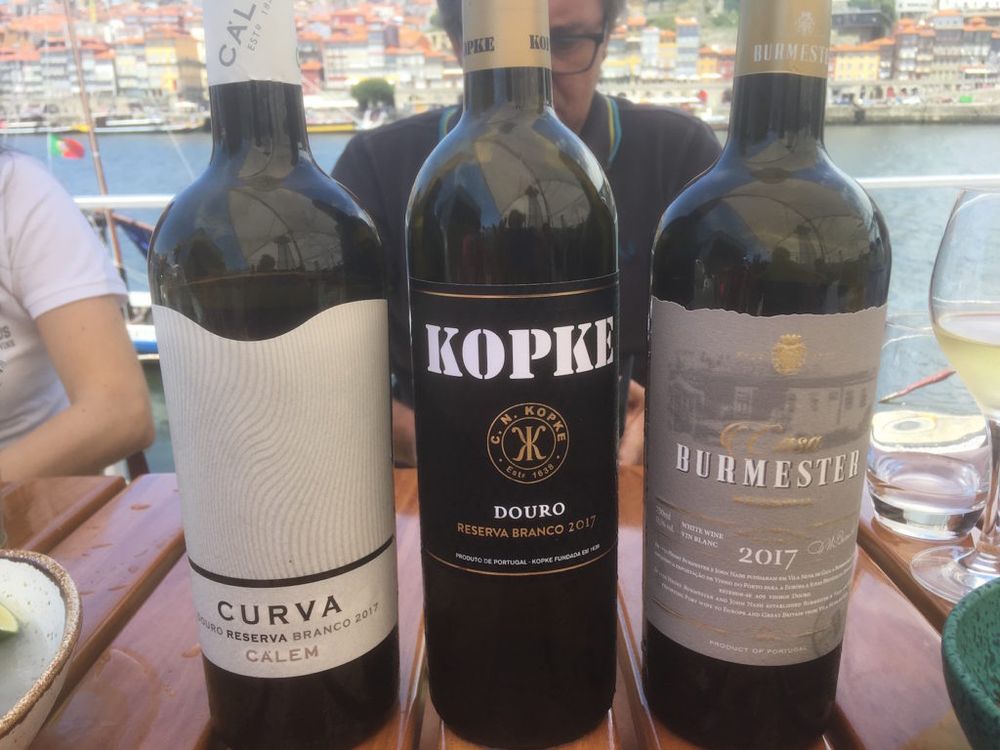
“Douro still wines are a key focus in our strategy. We are also developing a new approach to the US market, studying consumer preferences and presenting wines that are more consistent with what the market needs,” says Marley. “We believe that the acquisition of Quinta da Boavista will decisively strengthen our portfolio of DOC wines, particularly in the premium segment. Quinta da Boavista has been very successful in recent years in the development of internationally recognised wines and our expectation is to continue to produce great wines here”
The Winemakers Selection Wines have been very well received, with the pink wine already being acclaimed as one of the best on the Portuguese market, with selected, hand-picked fruit marking this as an impressive premium rose.
Marley suggests this is the first of many steps towards getting Sogevinus taken more seriously, with more new wines and brand repositioning promised over the coming months, as well as more of a focus on the off trade and online sales, which have accelerated during Covid-19 as consumer behavior has changed.
“Difficult times also bring opportunities, and this is no exception”, he says.
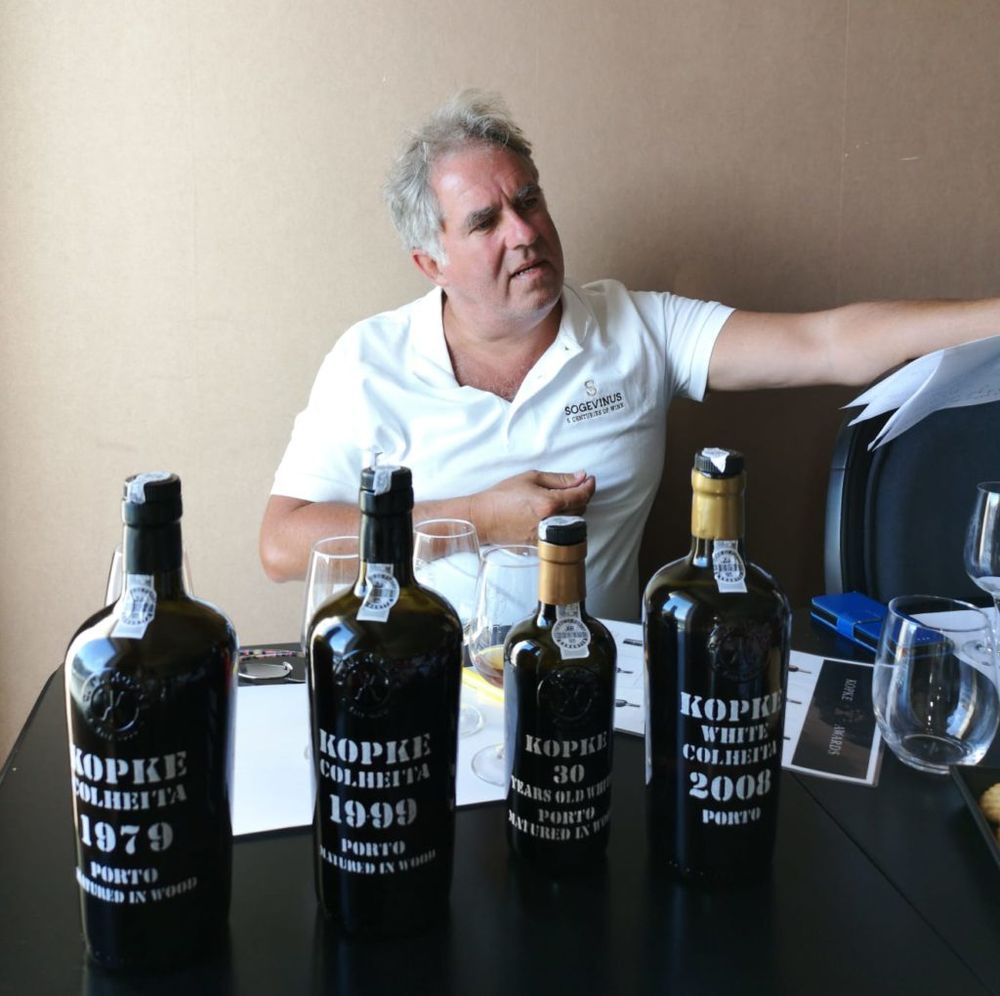
Justin Keay tasting his way through the range, June 2019
Three of the best:
Calem Curva Tinto 2017 – Probably the best of the regular Sogevinus range, this medium weight Douro blend of 25% each of Touriga Nacional, Tinta Roriz, Touriga Franca and Tinta Barocca has good fruit, light chocolate flavours and a pleasant herbal aftertaste. Good value at around £11 (amathusdrinks.com).
Kopke 10 year old aged white Port – Delcious, moreish white port, one of Kopke’s specialities. Wonderful rich gold colour, elegant aromas, dried fruit and herbal notes. £30 (Oxford Wine Company)
Calem 20 Year Old Tawny – Amazingly rich, honey, nut and dried fruit-driven palate. Good value at around £35 (simplywinesdirectirect.com).
